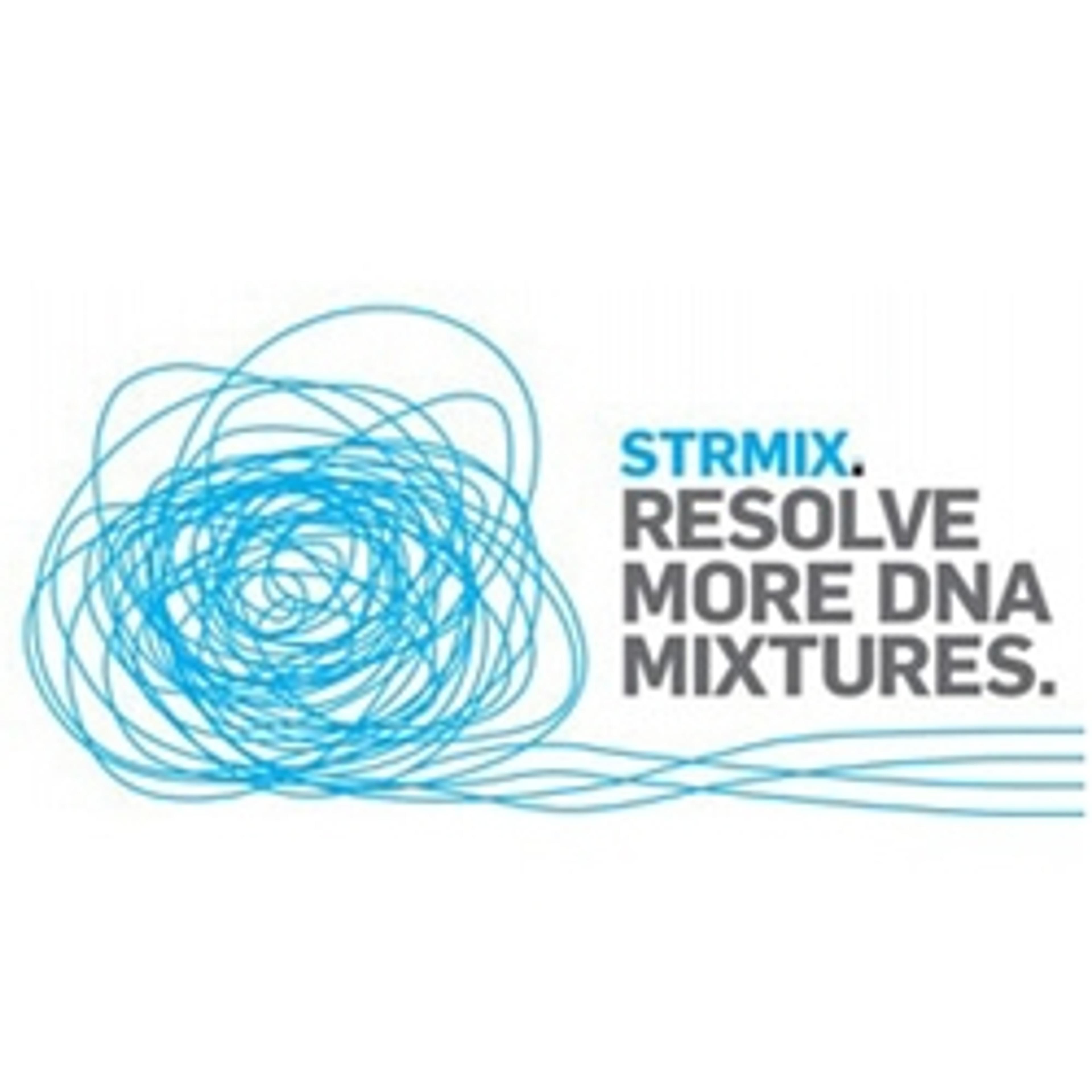68 U.S. forensic labs now using STRmix to interpret complex DNA profiles
Phoenix PD Crime Lab is latest to employ software to examine forensic evidence
26 Oct 2021
Sixty-eight U.S. forensic laboratories are now using STRmix™ forensic software to resolve mixed DNA profiles previously considered too complex to interpret.
The newest lab to begin using STRmix™ is the Phoenix Police Department Laboratory Services Bureau, a nationally accredited forensic lab that provides technical assistance and training, evaluates and analyzes evidence, interprets results, and provides expert testimony related to crime scene evidence.
“The decision by the Phoenix PD Crime Lab and so many others to turn to STRmix™ comes down to the software’s strong track record,” says John Buckleton DSc, FRSNZ, Forensic Scientist at the New Zealand Institute of Environmental Science and Research (ESR) and one of the developers of STRmix™. According to Buckleton, STRmix™ has been responsible for producing usable, interpretable, and legally admissible DNA evidence in more than 300,000 cases worldwide since its introduction in 2012. That number includes a wide range of violent crime and sexual assault cases, as well as cold cases in which STRmix™ was used to re-examine evidence originally dismissed as inconclusive.
In addition to the Phoenix PD Crime Lab, STRmix™ is currently being used in the U.S. by numerous forensic labs, including those operated by the FBI, the Federal Bureau of Alcohol, Tobacco, Firearms, and Explosives (ATF), and the U.S. Army Criminal Investigation Laboratory (USACIL). Internationally, nine state and territory forensic laboratories in Australia and New Zealand, and 14 labs in other countries including the U.K., Ireland, Canada, Finland, Switzerland, and Denmark are now using STRmix™.
STRmix™ works by assessing how closely multitudes of proposed profiles resemble or can explain an observed DNA mixture. Relying on methodologies routinely used in computational biology, physics, engineering, and weather prediction, the probability of the observed DNA evidence can be calculated assuming the DNA originated from either a person of interest or an unknown donor. These two probabilities are then presented as a likelihood ratio (LR), inferring the value of the findings and level of support for one proposition over the other.
A new version of STRmix™, Version 2.9, was recently launched. STRmix™ v2.9 contains a number of new features, including the introduction of a batch maker mode, allowing multiple interpretations to occur simultaneously, and database search templates; memory usage improvements, which are particularly significant in dealing with higher-order DNA profile mixtures; and improvements to biological modeling calculations designed to improve the modeling of stutter peaks.
The success of STRmix™ has led its development team to create two related products. DBLR™ allows forensic labs to undertake superfast database searches, visualize the value of their DNA mixture evidence, and carry out mixture-to-mixture matches, now allowing kinship analysis. FaSTR™ DNA, meanwhile, rapidly analyzes raw DNA data generated by genetic analyzers and standard profiling kits, and assigns a number of contributors (NoC) estimates. When used in conjunction with STRmix™, FaSTR™ DNA, and DBLR™ complete the full workflow from analysis to interpretation and database matching.
Want the latest science news straight to your inbox? Become a SelectScience member for free today>>

